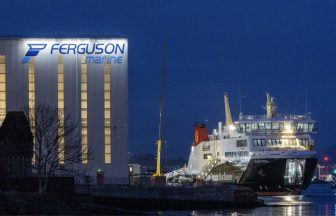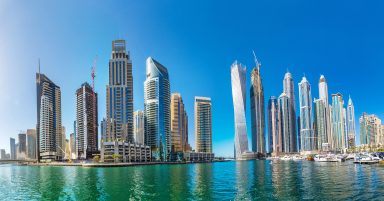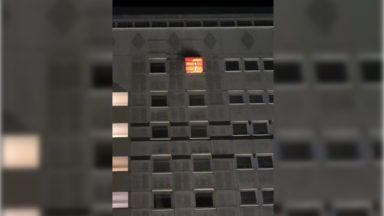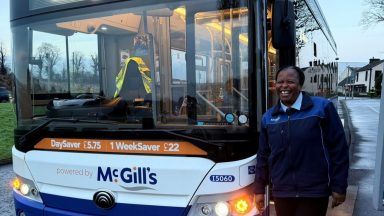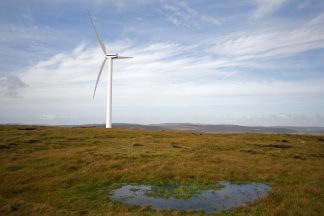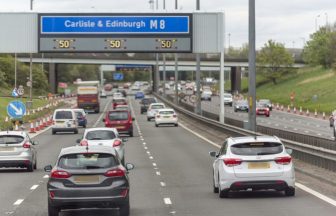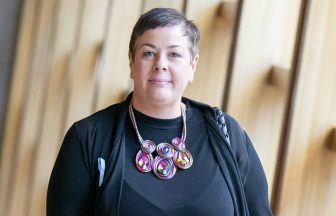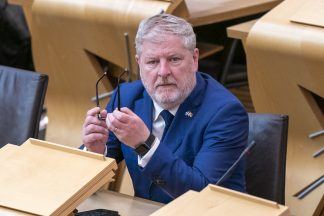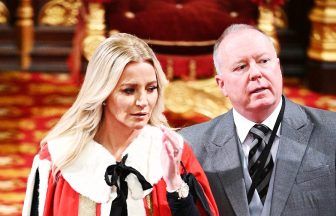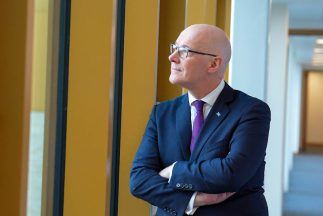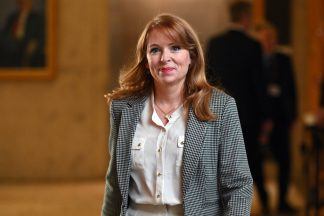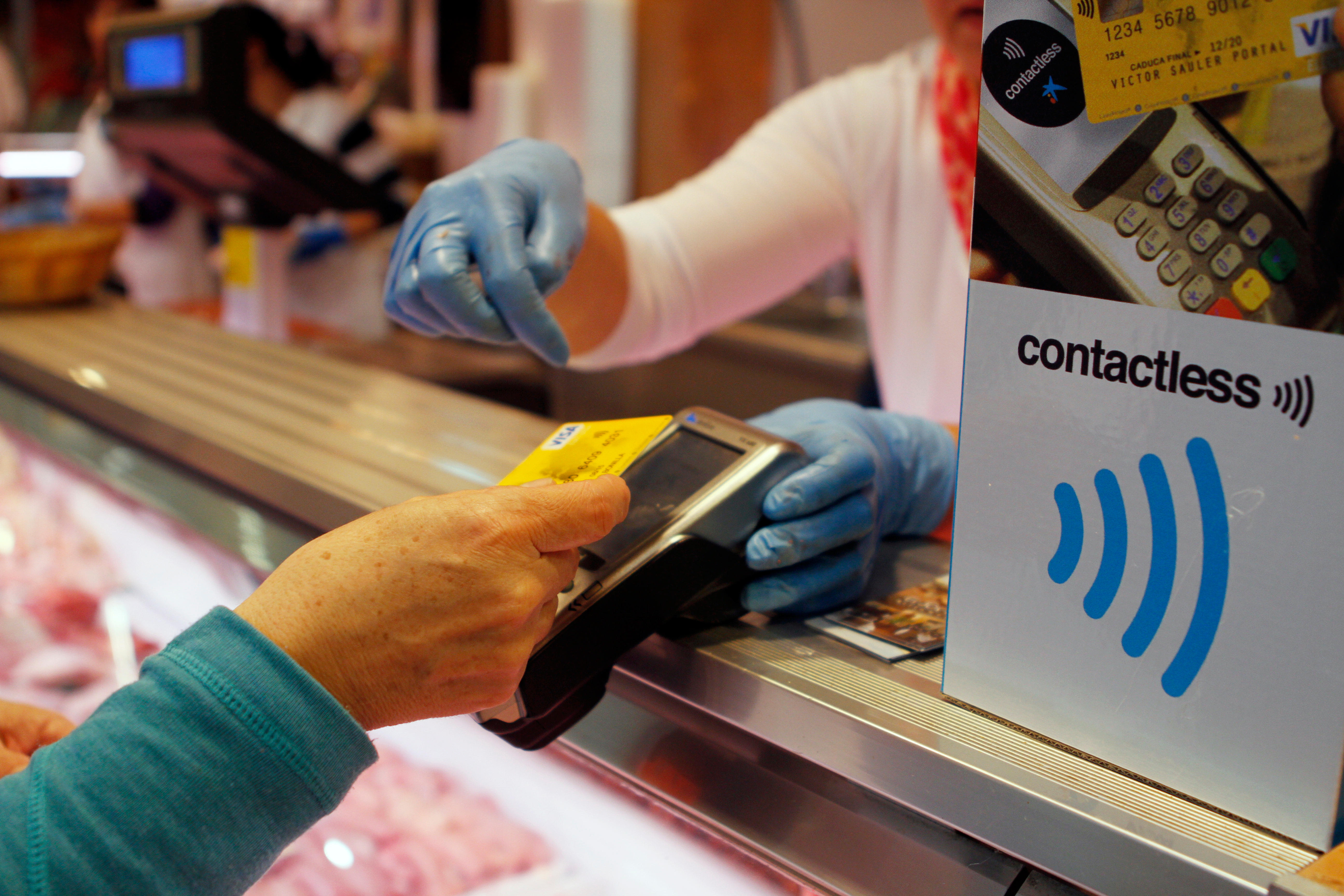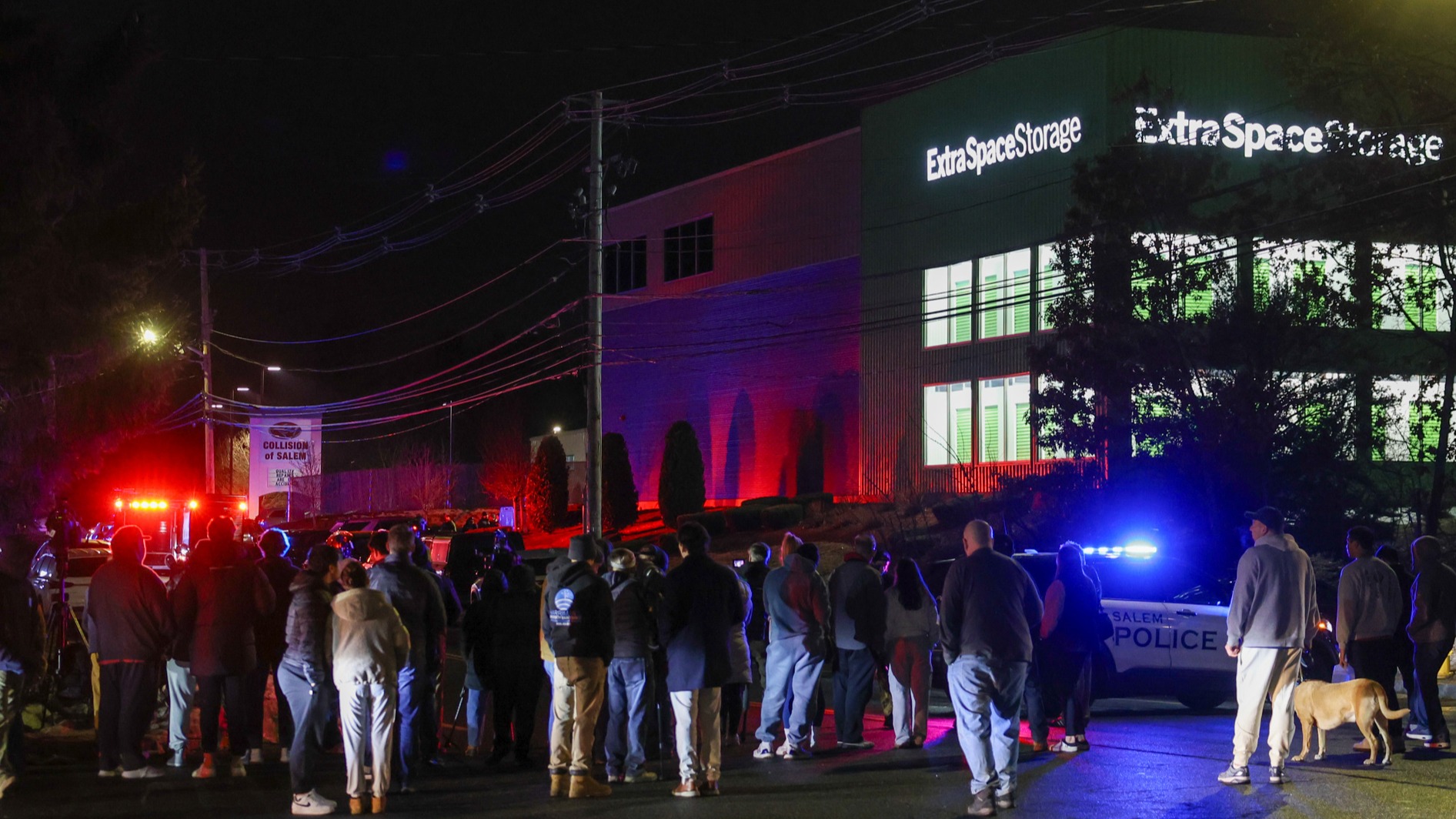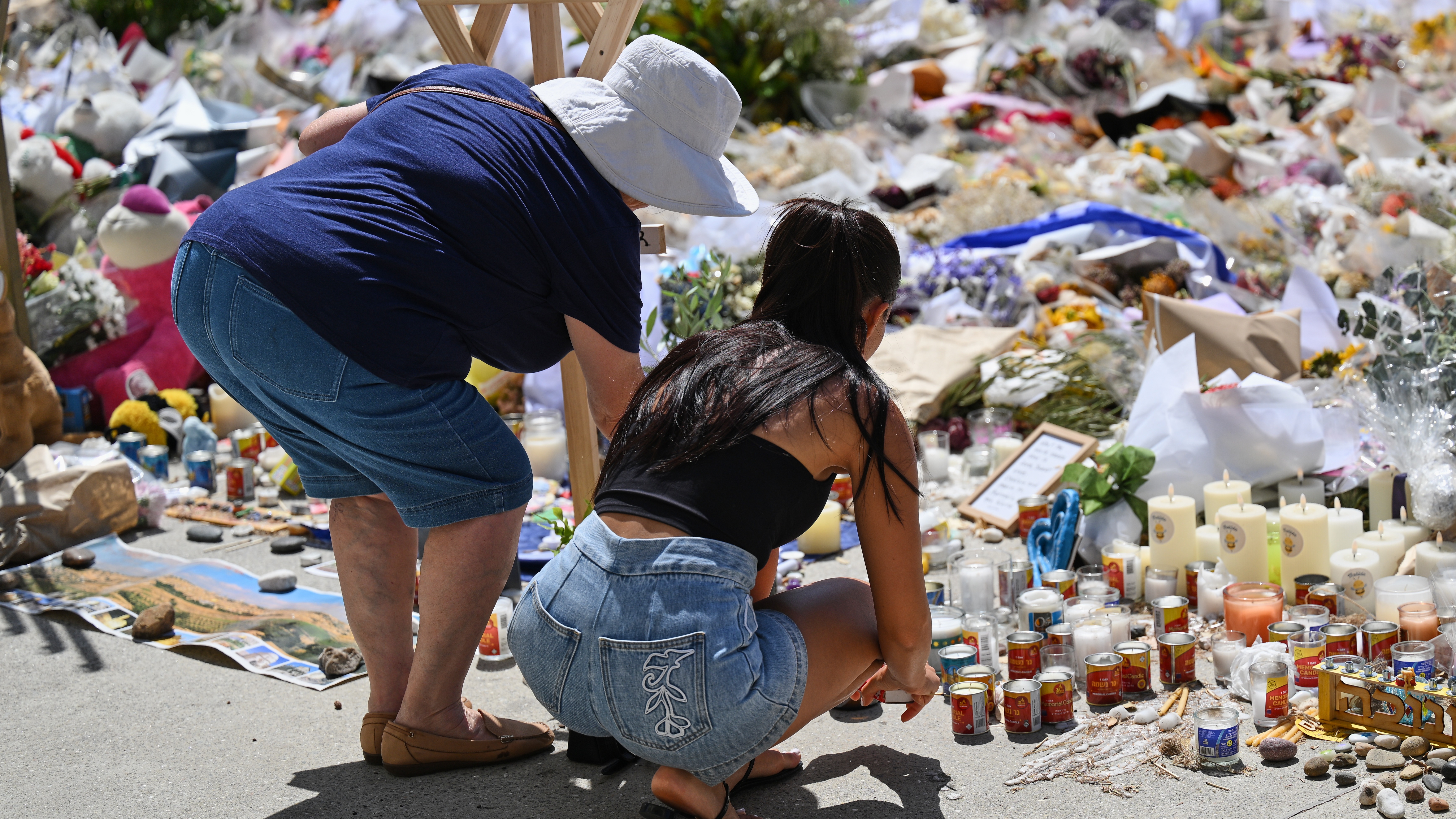An update on Scotland’s lockdown progress is expected from Nicola Sturgeon on Tuesday.
The First Minister will update Parliament on whether areas in level two – most of mainland Scotland and some islands – can move to level one from June 7, as previously indicated.
Glasgow is the only local authority area in the country still under level three coronavirus restrictions, prohibiting non-essential travel out of the area and imposing greater restrictions on socialising, hospitality and businesses.
Health secretary Humza Yousaf warned on Monday that areas of Scotland with rising coronavirus case numbers may not be moved down a level following the latest review.
He said: “I think people would understand where there are rising case numbers, where there is rising test positivity… it may be the case that parts of the country move to level one but actually other parts of the country we decide to keep in level two.”
The health secretary added: “I must be quite frank, there are other parts of the country that clearly from the data, give us cause for concern.”
Between May 22 and May 28, there were 3343 new cases of the virus in Scotland, 815 of those in Glasgow. The city has a seven-day case rate of 128.7 new infections per 100,000 of the population.
But the local authority area with the highest transmission rate is now Renfrewshire, with 155.2 cases per 100,000, closely followed by neighbouring East Renfrewshire, which has 149.7 cases per 100,000.
There has also been concern in recent days about rising infection rates in Dundee.
A move to level one would allow up to eight people from three households to meet indoors in pubs, cafes and bars, while up to 12 people from 12 different households could socialise together outside in gardens or outdoor public places.
Some Scottish islands are already in level one, and Sturgeon said last week she remains “really optimistic” that there could be a similar easing of restrictions on the mainland as planned.
But she added: “Given that Glasgow is in a different level right now, I think it would not be an unreasonable assumption that it might also have to be in level two for a couple of weeks before it moves to level one.
“That’s an assumption at the moment, I will make these decisions on the basis of the up-to-date data.
“And of course the purpose of the levels system is that while yes, we want the country if possible all to be in the same level, it allows us to have that regional variation, so we’re not holding back the Highlands because Glasgow has an outbreak.”
The latest review comes as it is thought the latest variant of Covid-19, originating in India, now accounts for 50% or more of new cases of the virus in Scotland.
Sturgeon also said on Friday the R number – the average number of people each person with Covid-19 goes on the infect – could be as high as 1.3, although she added this could be influenced “quite significantly” by the rising cases in Glasgow.
Ahead of the First Minister’s statement, Scottish Conservative Leader Douglas Ross said “leaving behind whole areas should be ruled out”.
He said: “The success of Scotland and the UK’s vaccine scheme means we can now be far more positive about easing restrictions.
“Everyone understands that there will be a need for local, targeted measures when an outbreak occurs. “But leaving behind whole areas should be ruled out. Sweeping measures that unnecessarily hurt a whole city or council area are unfair on businesses and local people waiting to get on with their lives.
“Selectively imposing restrictions and targeting resources at smaller areas is entirely possible. The blanket council-wide approach is not the only plausible option. “The one-size-fits-all approach should be replaced by targeted interventions to tackle local outbreaks.
“For the sake of jobs, businesses and people’s mental health, the country has to move forward together as much as possible.”
Follow STV News on WhatsApp
Scan the QR code on your mobile device for all the latest news from around the country




